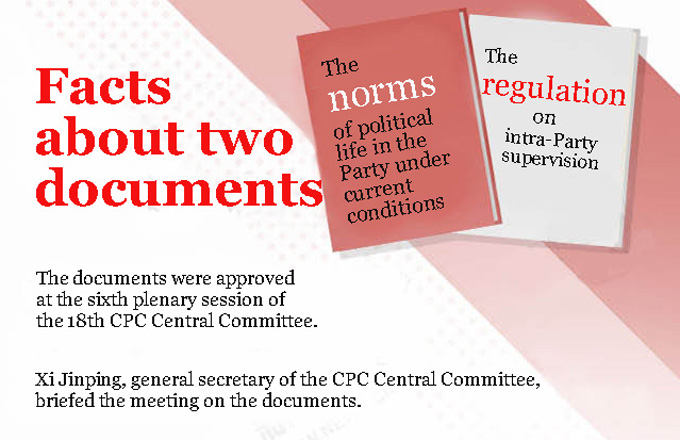Cut back on food wastage
In the United States
In the US, $165 billion is spent every year producing food that never gets consumed. So where does the land of fiscal cliffs and budget cuts stand on the issue of food wastage?
According to a 2012 study by the Natural Resources Defense Council, US citizens wasted around 40 percent of all edible food. In addition to burdening people's bank accounts, food wastage also results in a wide range of other costs.
Neglected food wastes 25 percent of all freshwater used in the US and 4 percent of total US oil consumption. It costs $750 million just to dispose of the food, and the ensuing 33 million tons of landfill waste accounts for millions of tons of greenhouse gas emissions. If just 15 percent of the wasted food were saved, it would be enough to feed 25 million people in the US.
"Not wasting food in the first place is, of course, the best solution both environmentally and economically speaking," said Matt de la Houssaye, program associate for the Coalition for Resource Recovery, or CoRR, office in New York, which works to establish common frameworks for collection and recovery systems for food waste in urban environments.
To do this, CoRR, a subsidiary of Global Green USA, seeks partnerships and reports on innovations in the field to spread ideas and unite communities to create efficient and environmentally sound food consumption and disposal practices.
Among a growing list of company partnerships, restaurant chain Pret A Manger has teamed up with CoRR to examine ways of averting 75 percent of the company's total generated waste and also to establish recycling facilities for 80 percent of its stores.
Pret's motto, "Made today (gone today)", reflects the fact that the food it sells is made to suit the prevailing conditions, thus cutting waste to a minimum.
In its recycling scheme, Pret shops have introduced "co-mingled" recycling where one bin is separated into four separate containers for food, plastic and cans, boxes and cups and all other trash. The system allows for simpler separation of various types of waste, which is later processed at a recycling plant.
"There's actually been a great growth of interest in the commercial sector and among community members in addressing food-waste issues," said Houssaye.
New York-based actress and mother Laura Sametz would attest to this. When her son entered public school on the upper west side of Manhattan, she was shocked at how little attention was paid to "green" practices.
Consequently, Sametz joined the school's parent teacher association and started a campaign to raise awareness of environmental issues such as food waste.
She also joined four other concerned mothers in Manhattan's District 3 school area to pilot a composting program in eight schools. The pilot allowed them to test the viability of separating and composting food waste, including meat and dairy, kitchen scraps and sugarcane food service trays.
The result was an 85 percent reduction in overall garbage generation, and the number of garbage bags used in each cafeteria every day was reduced to eight from 54.
If the program is expanded across the entire school system, the total saving on garbage bags is estimated at more than $1 million annually, with an additional saving of approximately $1.1 million in garbage disposal fees.
The initiative caught the attention and approval of the New York City Department of Sanitation, which has now assumed responsibility for its operation and development. At present, more than 40 schools, and counting, are using the compost program.
"I believe change begins in the school," said Sametz. "When the students learn, it begins a ripple effect and when the parents take notice, so does the government."
Contact the reporters at cecily.liu@chinadaily.com.cn, carolineberg@chinadailyusa.com and hena@chinadaily.com.cn



















